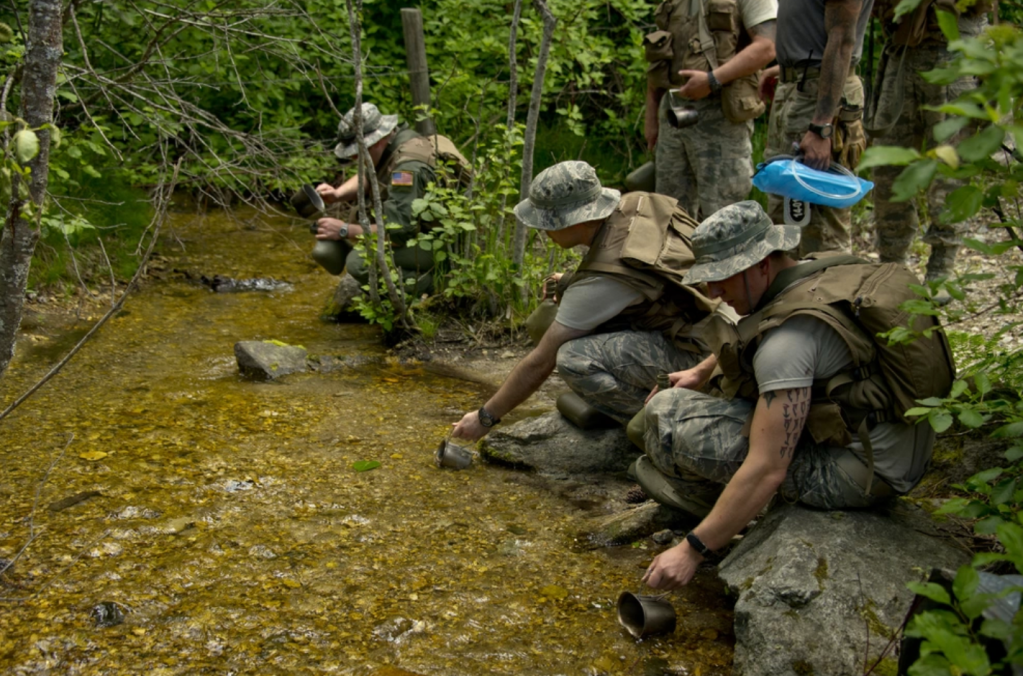

Guaranteed access to clean water is not possible for most people around the world. With different methods to neutralize pathogens possibly present in water, every human deserves clean drinking water. For most consumers, a clean water source with elaborate filtration systems is ideal for killing hazardous organisms’ traces. However, during emergencies or while traveling, more portable water means purifying water is less pragmatic. This is where water purification tablets are a viable and convenient solution.
The realization that you’re out of bottled water is one of the most unanticipated adventure-killers in the wilderness. Even if you had a stream ahead, and the water looks clean, quenching thirst may seem like a quick fix, but can have devastating effects. Or, your home might be hit by a hurricane, and everything is out of order – including drinking water.
Drinking water with pathogens can lead to various illnesses ranging from gastrointestinal symptoms, meningitis, hepatitis and death. The US, for instance, experienced a water-associated disease breakout from 2013 through 2014, which resulted in over 1000 cases of illnesses and 13 deaths.
Water purifying chemicals can treat pathogens and kill harmful bacteria to make them safe to drink. They can often be used following a natural disaster that affects drinkable water supply or for people going to camp, hiking or traveling to remote areas. Such chemicals are available in tablets, liquid droplets and packaged powder, all of which contain either Iodine or chlorine.
Water Purification Steps

Water purification tablets are typically a combination of chlorine, Iodine and chlorine dioxide. When added to water, the compounds create a medium in which bacteria, protozoans and viruses cannot thrive. In effect, they kill the microorganisms and render the water safe for drinking.
Common harmful contaminants that might cause serious health complications include Campylobacter Jejuni and Giardini Lumblia. For these tablets to work, there are certain things you should get right, however. The tablets’ efficacy depends on the chemical concentration of the active ingredient.
Depending on the water purification tablet, make sure to add the correct number. This goes hand in hand with the manufacturer’s specifications. While small amounts might not kill the bacteria, excessive amounts might turn the water acidic.
Shake the bottle thoroughly to break down the tablets comprehensively to mix with the water. The most recommended wait time after mixing with water is at least half an hour. That’s when you can be confident all bacterias, viruses and parasitic protozoans are eliminated.
Note that some emergency water purification tablets leave behind an unpleasant taste. If Iodine is its active component, you may need to carry along an iodine neutralizer. Chlorine-based water purifiers require you leave the container uncovered to let off the gases.
Tablets over machines
Mechanical water filters are fantastic, but many people prefer using incredibly light water treatment solutions. Most tablets are good at correcting Ph levels, hardness, turbidity and common pathogens.
Being in a trail out of the woods with dwindling water supplies might not feel like a significant danger but could be fatal. As you don’t need to carry specialized equipment, water treatment tablets are incredibly useful in emergency water treatment.
You never know when a disaster occurs, and to survive, you may need to drink any available water. While international travelers carry these tablets for emergencies, it’s not recommended to routinely use them to purify water. Continuous use can build up the chemicals to toxic levels, which is not suitable for health. Read and follow all instructions/warnings before using water purification products.
